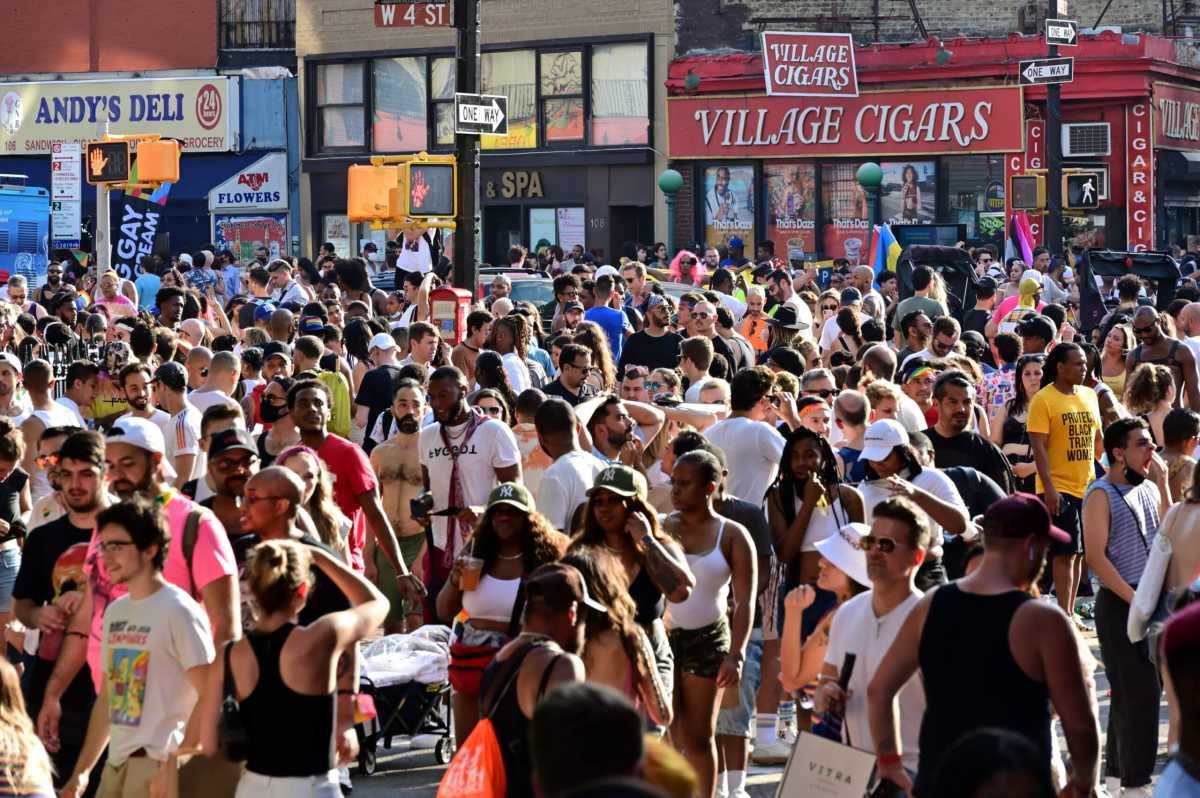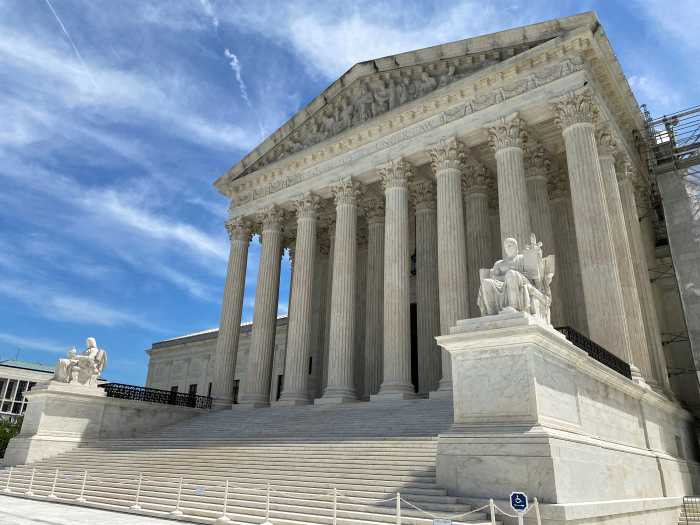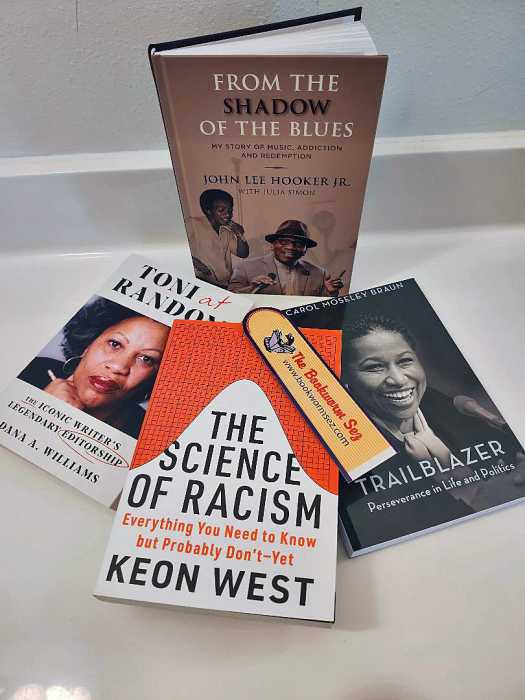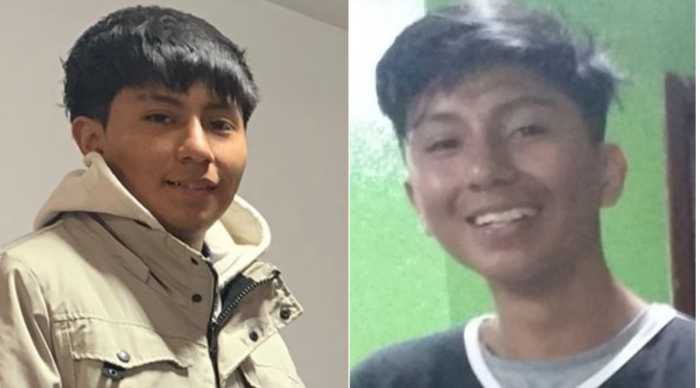The State of New York last month unveiled the results of the statewide LGBTQ+ Health and Human Services Needs Assessment survey, which is a multi-part report outlining trends, experiences, and other statistics pertaining to the LGBTQ community across the state.
The assessment, which involved interviews, focus groups, and other data collection methods, was led by the New York State LGBT Health and Human Services Network (a coalition of 71 LGBTQ-specific and supportive non-profits caring for LGBTQ people and their families), which worked with TRX Development Solutions to carry out the research. The LGBT Community Center in Manhattan is a key leader in the New York State LGBT Health and Human Services Network.
The survey yielded several takeaways, including the emergence of generational trends within the community as well as broader racial and ethnic health gaps. Intersectional discrimination is also having an impact on needs, access, and services, and there is demand for mental healthcare.
The generational differences pertaining to gender identity and sexual orientation — including responses from 2,342 people across the state — reflect staggered numbers across three age groups, with incremental changes from one group to the next. Notably, while 85% of LGBTQ people above the age of 50 report identifying as cisgender male or female, that number dips to 72% within the 35-49 age group and 44% among those between the ages of 13 and 34. Forty-five percent of people within that age group identify as genderqueer, gender non-conforming, non-binary, other, or multiple gender identities.
Among LGBTQ people between 35-49, 21% identify as genderqueer, gender non-conforming, non-binary, other, or multiple gender identities. Just 7% of people 50+ identify that way, according to the report.
Similar differences are seen when looking at sexual orientation. LGBTQ folks who are 50 years of age or older overwhelmingly — 76% — identify as straight, gay, or lesbian, whereas just 48% of the 35-49 demographic say the same. Twenty-nine percent of people in the LGBTQ community between ages 13-34 are straight, lesbian, or gay.
Meanwhile, 71% of people between the ages of 13-34 are bisexual, pansexual, queer, other, or multiple orientations. A slight majority of the 34-49 age group — 52% — also fall within that category, while just 24% of 50+ are bisexual, pansexual, queer, other, or multiple orientations.
The numbers coincide with the release of a Gallup poll this year showing that the percentage of Americans who self-identify as lesbian, gay, bisexual, transgender, or something other than heterosexual hovered at around 7% in 2022.
In they New York-based survey, LGBTQ respondents in middle adulthood say they have a lower quality of life and endured more employment-related issues than other demographics and are more likely to be affected by substance use. The responses also indicate that LGBTQ people 50 or older have better health but experience greater rates of physical disabilities and a greater need for services tied to chronic conditions or major health events like surgery.
Another important part of the survey pointed to disparities in need, access, and outcomes reveals that the inequities are greater in the areas such as food security, public assistance, mental health, and chronic conditions. Among those between 13 and 24, non-white respondents show a greater need for educational, work-related, and social services, according to the report.
The report notes the reality of two different worlds — one that receives access to their needs and a different one that lacks access. LGBTQ respondents who say they fail to get necessary services include non-white people; younger individuals, especially those up to age 24; people who identify as bisexual, pansexual, and other orientations; trans, gender non-conforming, genderqueer, and non-binary individuals and people of other or multiple gender expressions; lower-income people; and disabled individuals. Those who do report greater rates of receiving necessary services are white, 50 years or older, straight/gay/lesbian, cisgender, more educated, and people who do not have physical, sensory, or cognitive disabilities.
The report also offers insight into which forms of discrimination are prevalent. Among 14 kinds of discrimination — including due to sexual orientation, gender identity, race, age, HIV status and other areas — intersectional discrimination leads the way. A majority of respondents cite two different kinds of discrimination, while 45% experience three or more kinds of discrimination.
Another focal point of the survey results, mental health, shows that 78% of respondents have mental health concerns, but roughly a quarter of them report being unable to receive services or care — especially younger people.
“Some of them didn’t look for the service and some of them tried and were not [able to receive it],” John Guidry, a TRX representative, said during a Zoom presentation of the findings. “So even people most people who expressed that they needed mental health were able to get [it]… we see a real gap there statewide.”
The report states that addressing the psycho-social context of self-care means improving structural conditions, developing cultural humility within health and human services in New York, and supporting social inclusion and support systems for people.
Among other takeaways from the report, respondents who report the highest prevalence of HIV are American Indian and Native American, Black, Latinx or Hispanic, cisgender male, and gay respondents, as well as those born outside of the United States or in US overseas territories. Seventy-six percent of people living with HIV in the survey say they are virally suppressed. In terms of food insecurity, 3% said they run out of food in half or most months every year.
There are also several unique issues among transgender, gender non-conforming, and non-binary folks. White respondents are more likely to report a lack of transition providers or distance to transition care than non-white trans respondents, but non-white respondents are more likely to report disruptions to hormone therapy. Trans people who live in New York City, the Finger Lakes, and Central New York report the least amount of challenges in terms of availability of care or the distance to travel to get care.
Among those who receive hormone replacement therapy, 62% are under 35. Nearly half (47%( of respondents receiving hormone replacement therapy get prescriptions for care from a medical provider, while 34% go to a pharmacy and 17% go to a community-based organization or clinic.
According to researchers, the survey featured more upstate responses than those in New York City, and 77% of the respondents were white. Latinx or Hispanic respondents made up 10%, followed by Black respondents, who made up 6%. Asian, Asian American, or Pacific Islander respondents and multiracial respondents each represented 3%, respectively, and the final two percent made up of those who identify with another race or ethnicity.
During the Zoom presentation, researchers outlined suggestions based on the research — including calls for expanded remote care, guaranteed funding for LGBTQ-affirming services, greater investment in programs for communities of color and other marginalized groups, and more.
“We think that sustaining and expanding the capacity of network members to reach out and serve their communities and meet them where they are is one of the most efficient ways to improve the health outcomes of LGBTQ New Yorkers,” Vladimir Tlali, a member of the network, said during the Zoom presentation.



































